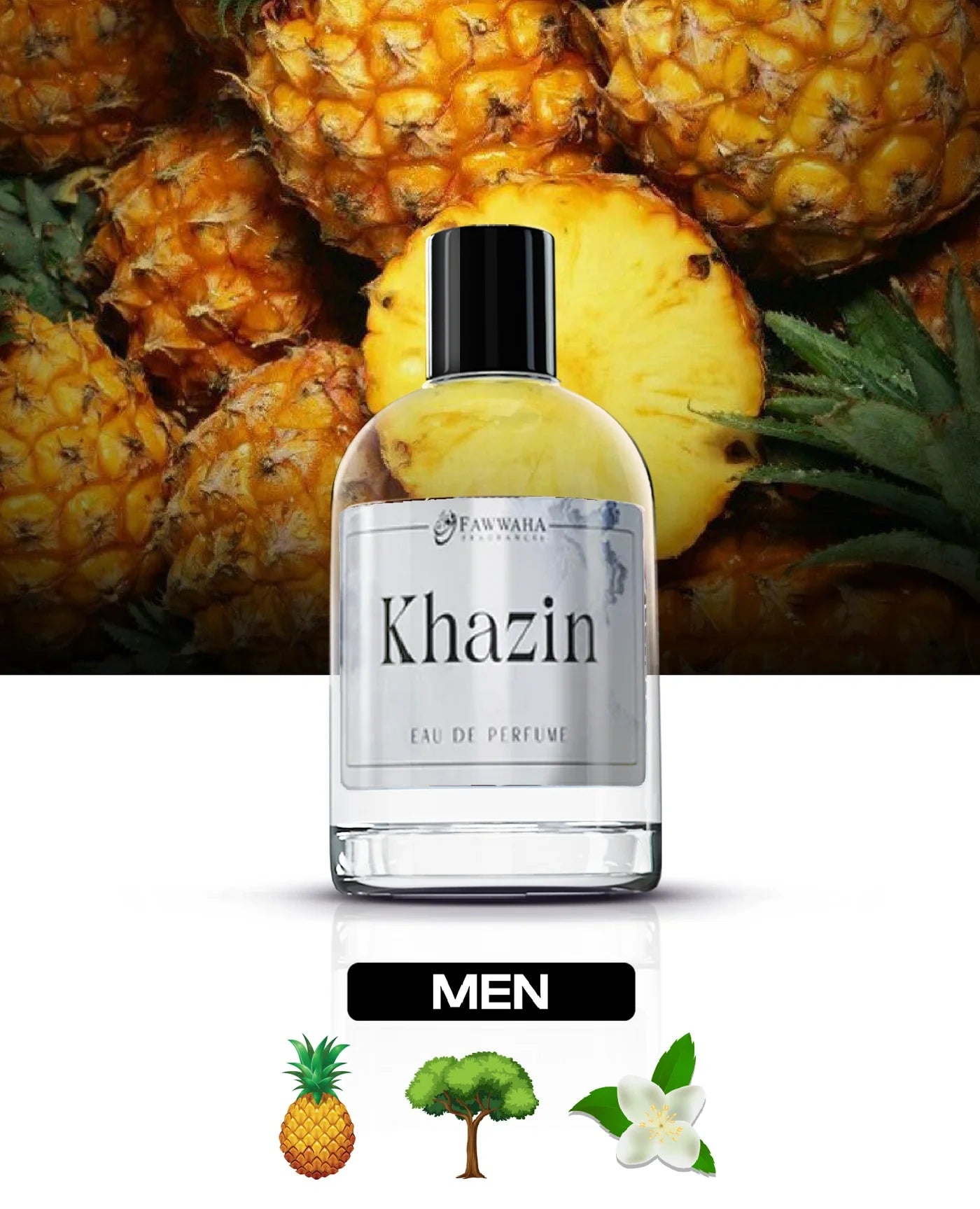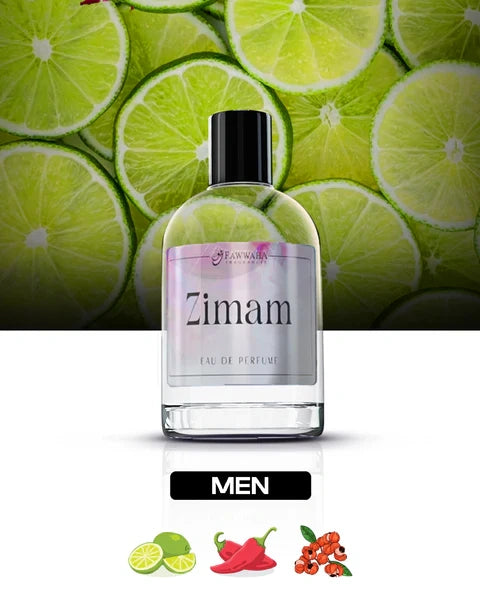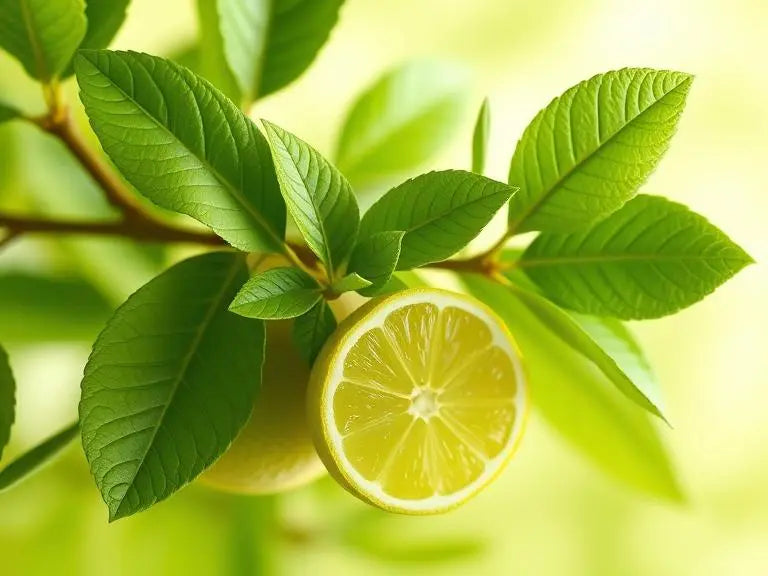Bergamot is a small citrus fruit with a big personality. Whether you're a fragrance lover, a candle enthusiast, or someone interested in natural wellness, you've probably come across this name more than once. But what exactly is bergamot, and why is it so beloved in perfumery and aromatherapy?
In this blog, we’ll explore the origin, scent profile, uses in fragrance, wellness benefits, and historical significance of bergamot. We’ll also dive into how this zesty note transforms into a hero ingredient in candles and essential oils.

What![]() is
is![]() Bergamot?
Bergamot?
Bergamot is a citrus fruit native to the Mediterranean, grown primarily on the Citrus Bergamia tree. It’s roughly the size of an orange but often comes in green or yellow hues with a bumpy rind. Sometimes referred to as a "bergamot orange," this fruit may look like a typical citrus, but its flavor is far from sweet it's known for its bitter and tart taste.
Because of this intense bitterness, you’re unlikely to find fresh bergamot in the grocery store. Instead, it’s cherished for its aromatic oil, extracted from the rind and widely used in:
-
Fragrances
-
Candles
-
Essential oils
-
Deodorants
-
Earl Grey tea
What Does Bergamot Smell Like?
Bergamot smells fresh, fruity, and citrusy, like a mix of orange and lemon. It also has a light floral touch and a hint of spice. It’s a bright and clean scent that feels refreshing.

Role of Bergamot in Perfumery
Bergamot is often used as a top note in perfumes, meaning it's one of the first scents you smell. It adds a fresh, bright, and uplifting touch. It blends well with floral, woody, and spicy notes.
Examples:
-
Phlur’s Vanilla Smoke, Somebody Wood, Not Your Baby – all use bergamot as a top note.
-
Lost Cause – uses Italian bergamot.
-
Soft Spot – includes bergamot peel.
The scent can change slightly depending on when the fruit is harvested sometimes it smells more floral, other times more citrusy.
Fragrance Family: Where Does Bergamot Fit?
Bergamot belongs to the Fresh fragrance family, more specifically the Citrus sub-family. It's a core note in many unisex and summer fragrances because of its clean and zesty aroma.

Natural Origins & Ingredient Type
Bergamot oil is classified as a natural raw material. It’s extracted through a process called cold pressing of the rind. This makes it a preferred ingredient in clean beauty and natural perfumery products.
Beyond Perfume: Bergamot in Candles & Wellness
Bergamot isn't just a perfumer’s favorite it’s also a wellness essential.
In Candles:
Due to its strong aromatic profile, bergamot is rarely used alone in candles. Instead, it’s paired with complementary scents like:
-
Rosemary
-
Sandalwood
-
Blonde woods
-
Vanilla
These blends help balance bergamot’s intensity while enhancing its uplifting properties.
In Aromatherapy:
Bergamot essential oil is used to:
-
Reduce stress and anxiety
-
Improve mood
-
Ease nasal congestion
-
Create a calming environment
Studies have shown that inhaling bergamot oil can help regulate mood and reduce cortisol levels. It's also believed to carry antibacterial and antifungal properties, traditionally used for minor skin issues.
A Glimpse Into History
Bergamot’s use dates back centuries in Italian folk medicine, where it was both inhaled and applied topically for relaxation and minor wounds. By the 1800s, its oil was added to black tea giving birth to the globally adored Earl Grey tea.

Final Thoughts
From ancient remedies to modern perfumery, bergamot has earned its place as a multi-functional powerhouse. Whether you're lighting a candle, spritzing your favorite cologne, or sipping tea, bergamot adds a layer of freshness and calm like no other.
So next time you spot “bergamot” on a label pause and appreciate the vibrant, rich world packed into this little green citrus fruit.





